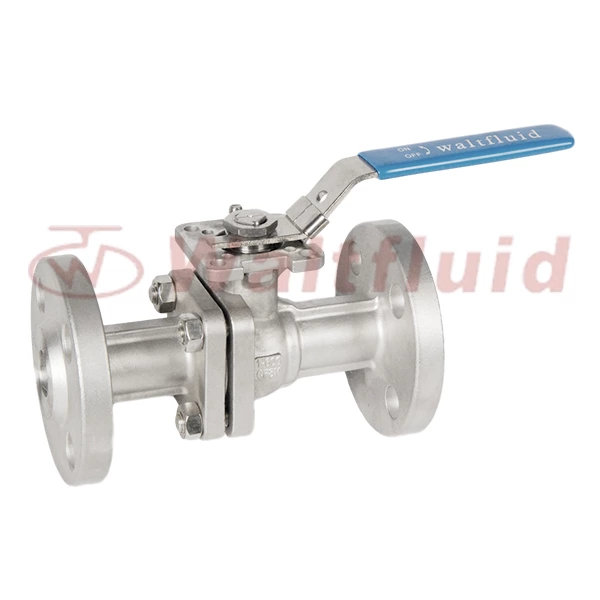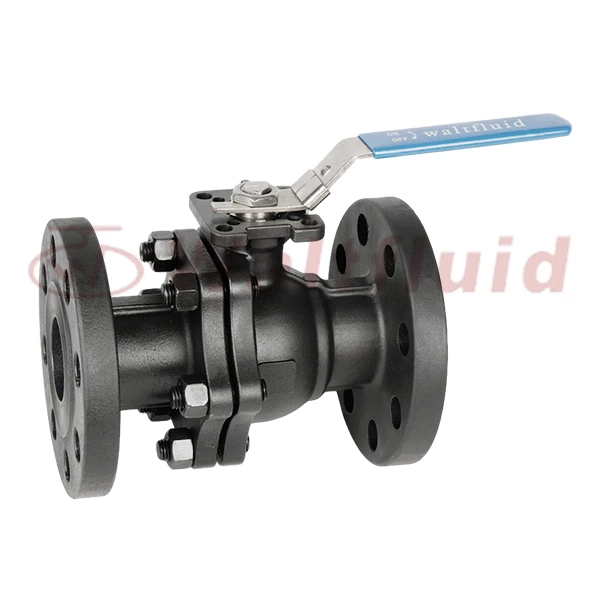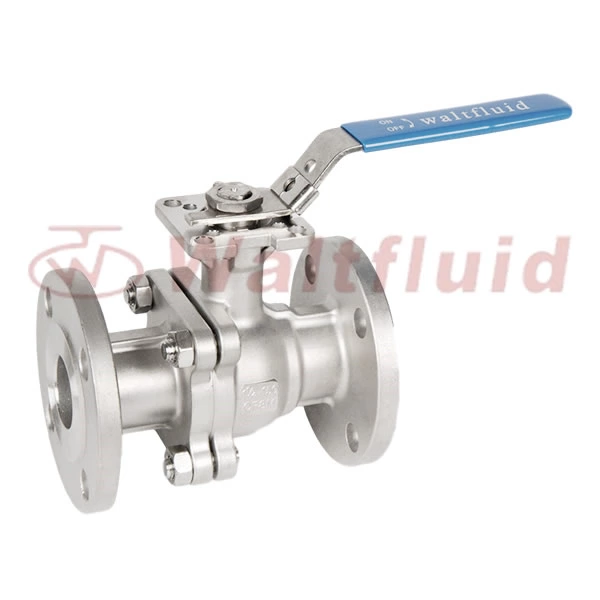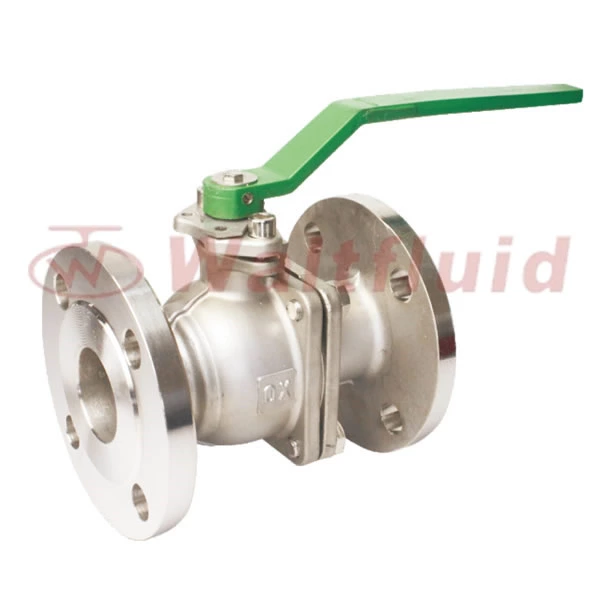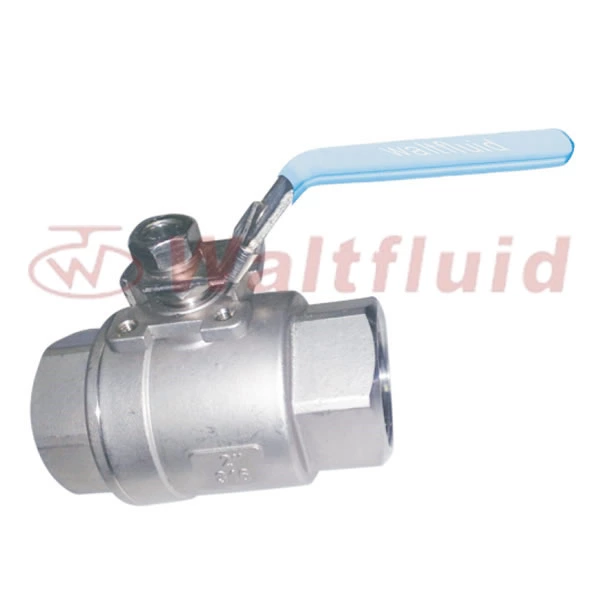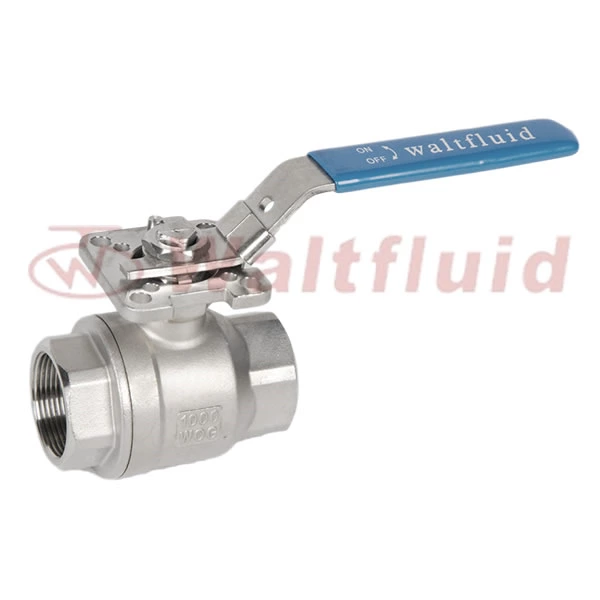Advantages And Working Principles Of Flange Fixed Ball Valve
2 Piece Ball Valve is a type of valve. It belongs to the same type of valve as flange gate valve, flange butterfly valve and oxygen pressure reducing valve. The difference is that its closing part is a sphere, which rotates around the center line of the valve body to open and close. Ball valves are mainly used in pipelines to cut off, distribute and change the flow direction of the medium. In recent years, ball valves have been widely used. Below, the editor will share with you the advantages and opening and closing process of flange fixed ball valves:
1. Advantages of flange fixed ball valves
1. Small fluid resistance, its resistance coefficient is equal to that of the pipe section of the same length.
2. Simple structure, small size and light weight.
3. Tight and reliable. At present, the sealing surface material of ball valves widely uses plastics with good sealing performance, and has been widely used in vacuum systems.
4. Easy to operate, quick opening and closing, only need to rotate 90° from full open to full closed, which is convenient for long-distance control.
5. Easy maintenance, the ball valve has a simple structure, and the sealing ring is generally movable, which is convenient for disassembly and replacement.
6. When fully open or fully closed, the sealing surface of the ball and the valve seat is isolated from the medium, and the medium will not cause erosion on the valve sealing surface when passing through.
7. It has a wide range of applications, with diameters ranging from a few millimeters to several meters, and can be used from high vacuum to high pressure. When the ball rotates 90 degrees, the inlet and outlet should all present spherical surfaces, thereby cutting off the flow.
2. Working principle of flange-fixed ball valve
1. Opening process of flange-fixed ball valve; in the closed position, the ball is pressed tightly against the valve seat by the mechanical pressure of the valve stem. When the handwheel is turned counterclockwise, the valve stem moves in the opposite direction, and the angular plane at its bottom causes the ball to detach from the valve seat. The valve stem continues to rise and interacts with the guide pin in the spiral groove of the valve stem, causing the ball to begin to rotate without friction. Until it reaches the fully open position, the valve stem rises to the limit position, and the ball rotates to the fully open position.
2. Closing process of flange-fixed ball valve: When closing, turn the handwheel clockwise, the valve stem starts to descend and the ball leaves the valve seat and starts to rotate. Continue to turn the handwheel, the valve stem is acted upon by the guide pin embedded in the spiral groove on it, causing the valve stem and the ball to rotate 90° at the same time. When it is about to close, the ball has rotated 90° without contacting the valve seat. In the last few turns of the handwheel, the angular plane at the bottom of the valve stem mechanically wedges and presses the ball, causing it to press tightly against the valve seat to achieve complete sealing.
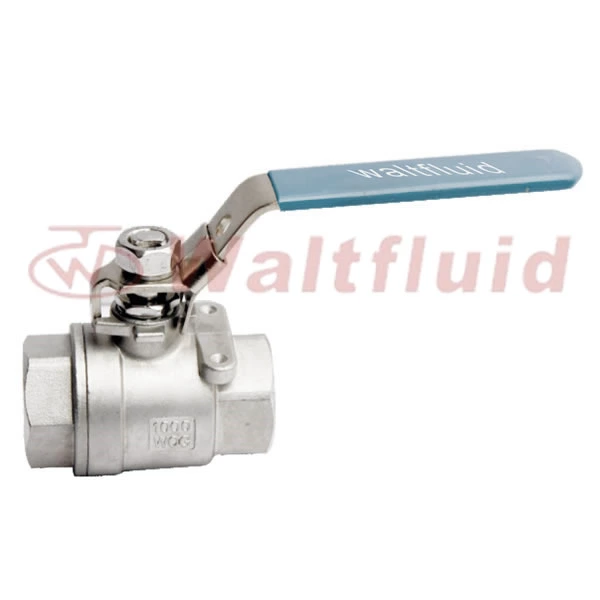
 English
English 中文
中文 Pусский
Pусский  Español
Español
